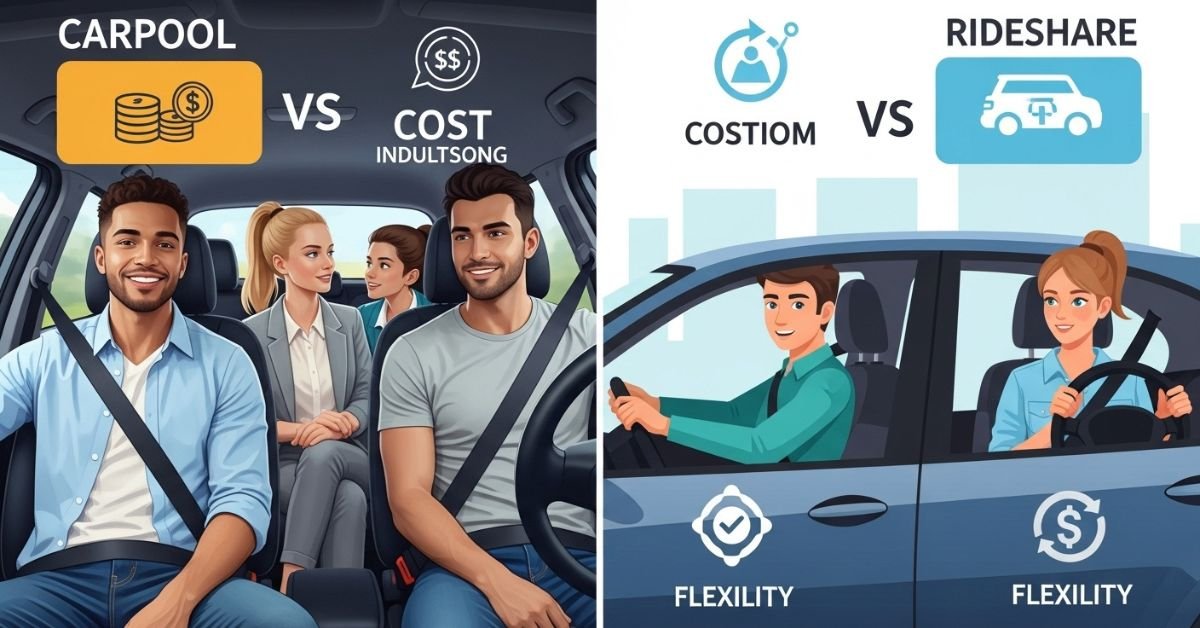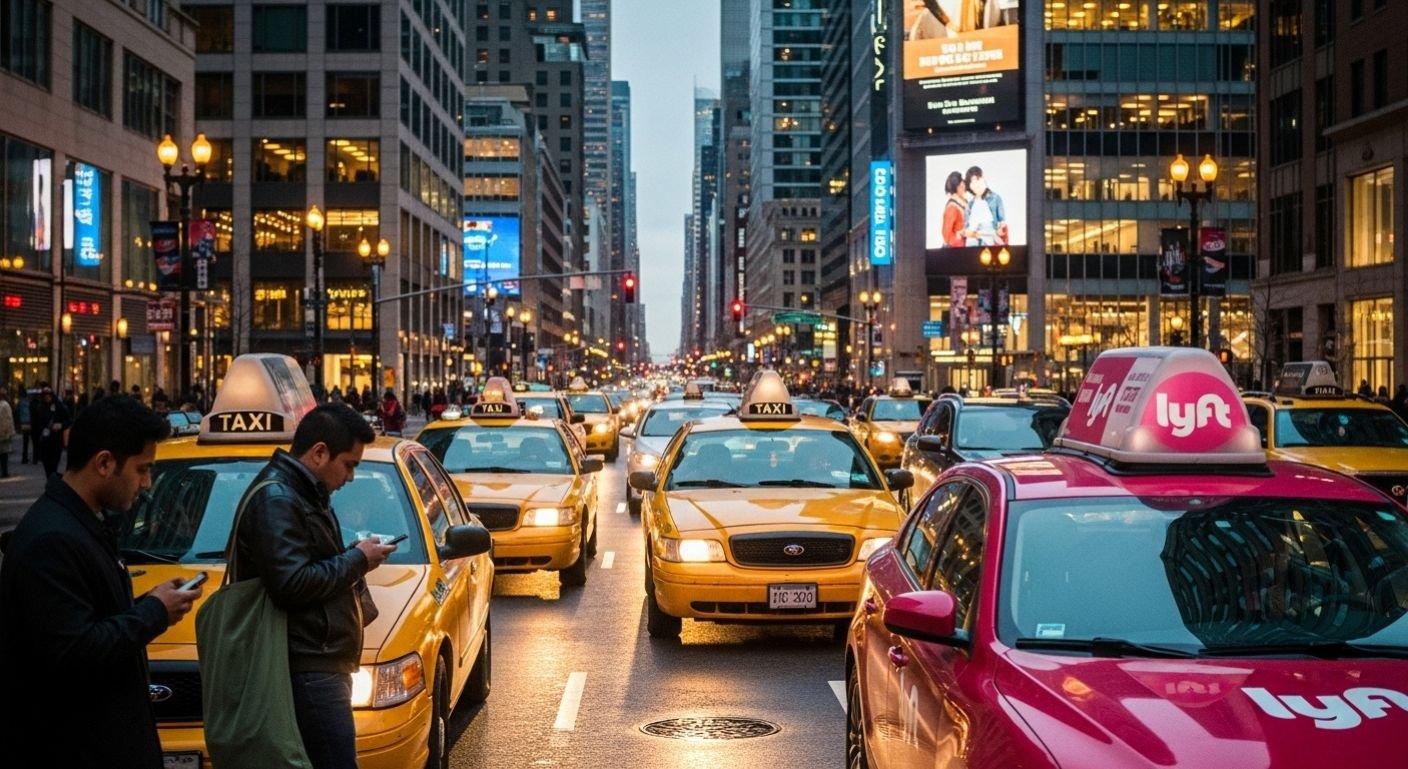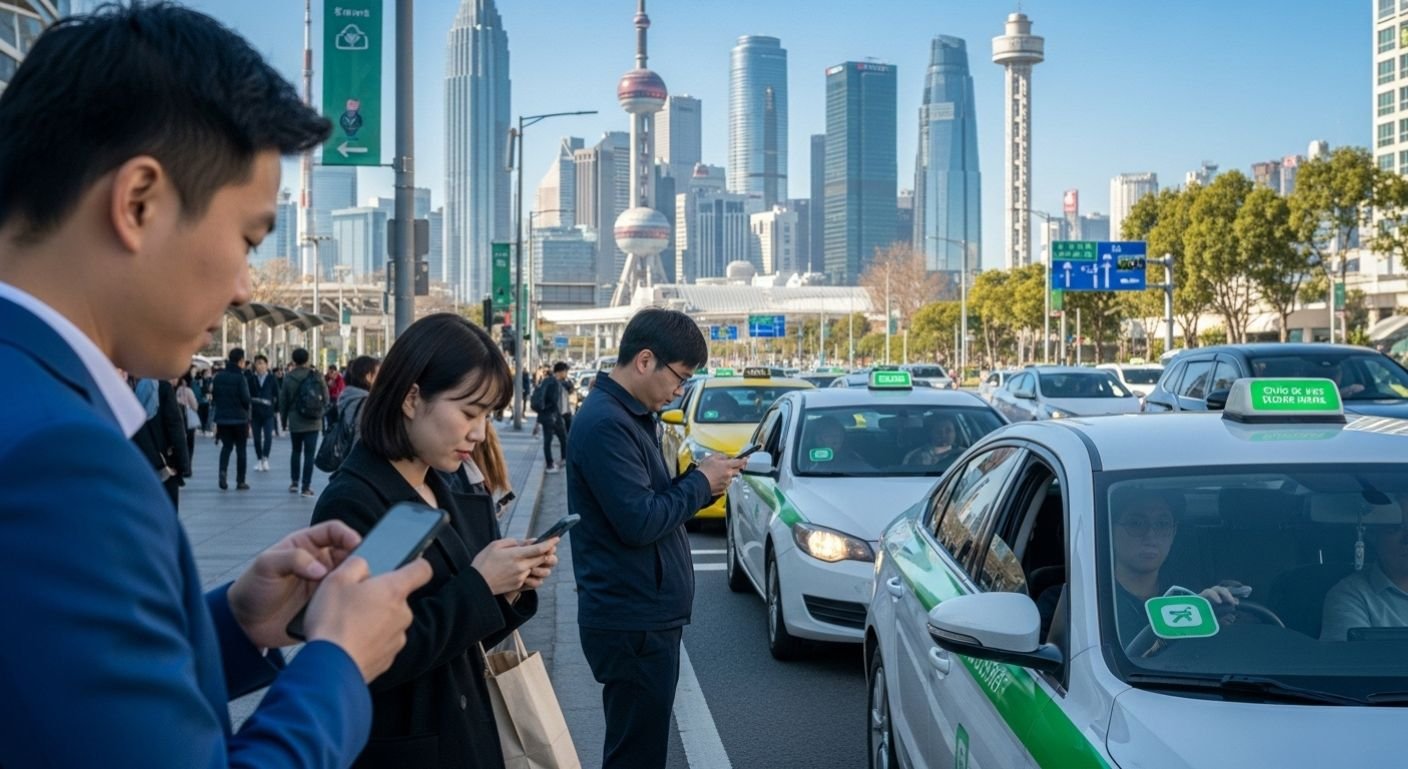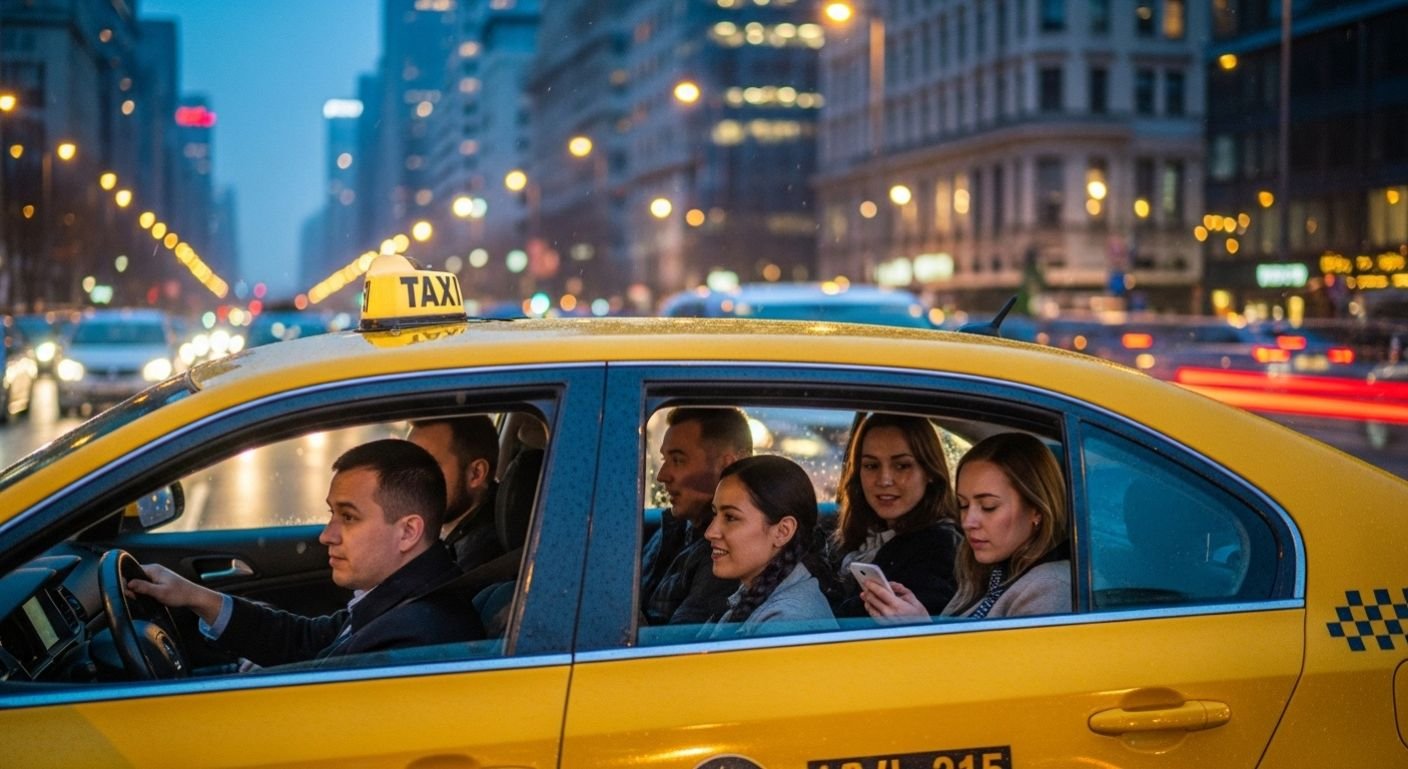Contents
- 1 Introduction to Carpooling and Rideshare Apps
- 2 Cost Comparison: Carpooling vs. Rideshare Apps
- 3 Flexibility and Convenience of Carpooling and Rideshare Apps
- 4 Perks of Using Rideshare Apps
- 5 Benefits of Carpooling
- 6 Potential Drawbacks of Both Options
- 7 Which Option is Right for You?
- 8 Tips for Maximizing Savings with Carpooling and Rideshare Apps
- 9 Conclusion
Carpooling and rideshare apps have revolutionized how we navigate our daily commutes. Gone are the days of sitting alone in traffic, burning gas, and wasting precious time. These modern transportation methods not only offer convenience but also promise to save you money along the way. But what’s the real difference between carpooling and using a rideshare app? How do they measure up when it comes to cost and flexibility? Let’s dive into these two popular options and uncover which might be the best fit for your commuting needs. Whether you’re a budget-savvy traveler or someone who values flexibility above all else, there’s plenty to consider before making your choice.
When it comes to costs, carpooling often takes the lead. Sharing a ride with others means splitting expenses like gas and tolls. This can significantly reduce your travel budget.
Rideshare apps, on the other hand, operate differently. They charge fares based on distance and demand. Surge pricing during peak hours can make rides quite expensive. While convenient, these added costs can catch users off guard.
Additionally, many rideshare apps include booking fees or service charges that increase the final price. Although promotions are available from time to time, they don’t always offset higher rates during busy periods.
In contrast, carpooling tends to foster community spirit while providing economical benefits. Passengers usually pay only their share of fuel without hidden fees clouding the total cost.
Choosing between these two options depends largely on your budget and travel habits.
Carpooling and rideshare apps each offer distinct levels of flexibility and convenience.
With rideshare apps, you can request a ride at any moment, allowing for spontaneous outings or last-minute plans. The ability to choose your pickup location and drop-off point makes it especially appealing for those with unpredictable schedules.
On the other hand, carpooling often involves set routes and predetermined times. While this may seem less flexible, it fosters community connections by bringing together passengers traveling in the same direction.
Both options have their merits when it comes to convenience. Rideshare apps provide immediate service through a simple tap on your smartphone while carpooling encourages shared experiences with fellow commuters.
Which method suits your needs will depend on how much spontaneity or social interaction you prefer during your travels.
Rideshare apps have transformed the way we think about transportation. One of the most appealing aspects is their convenience. With just a few taps on your smartphone, you can summon a ride in minutes.
Another perk is accessibility. Many rideshare services operate 24/7, making them available whenever you need them—whether it’s for an early morning flight or a late-night outing.
The ease of payment adds to their appeal. No cash? No problem! Most transactions are completed through the app, offering seamless and secure payments.
Additionally, these platforms often provide upfront pricing. You know exactly what you’re paying before you get in the car, eliminating any unpleasant surprises at the end of your journey.
Some rideshare services offer shared rides at reduced rates. This option allows users to save money while still enjoying door-to-door service with minimal wait times.
Benefits of Carpooling
Carpooling is a fantastic way to cut costs on commuting. By sharing a ride, you split expenses like gas and parking fees with fellow travelers. This not only saves money but also helps reduce wear and tear on your own vehicle.
Environmental benefits are another major perk. Fewer cars on the road mean lower emissions, contributing to cleaner air and less traffic congestion. It’s a small change that can make a big difference for our planet.
Socially, carpooling fosters camaraderie among riders. You meet new people and build connections during your daily trips. Conversations can transform an ordinary commute into something enjoyable.
It often allows access to carpool lanes which speeds up travel time during peak hours. That means getting where you need to go faster—while still enjoying the added perks of sharing your journey with others.
Potential Drawbacks of Both Options
Carpooling can sometimes feel like a logistical puzzle. Coordinating schedules with multiple passengers may lead to frustration, especially if someone is late or cancels at the last minute.
Moreover, carpooling often lacks flexibility. You might find yourself tied to others’ timelines, which isn’t ideal for spontaneous plans or urgent trips.
On the other hand, rideshare apps come with their own set of challenges. Surge pricing can be a wallet-buster during peak hours or events. What seems like an affordable ride in theory could turn into an expensive choice when demand spikes.
Additionally, reliance on technology means that app glitches or connectivity issues could leave you stranded without options. Safety concerns also linger around rideshare services since you’re getting into a vehicle with a stranger.
Both choices have their trade-offs; weighing these factors can help determine what works best for your needs.
Which Option is Right for You?
Choosing between carpooling and rideshare apps ultimately depends on your personal preferences and lifestyle. Do you prioritize cost savings or convenience?
If budget is a key factor, carpooling often proves to be the more economical choice. Sharing gas expenses with others can significantly reduce your travel costs, especially for daily commutes.
On the other hand, if flexibility is essential in your life, rideshare apps might be better suited for you. They allow you to request a ride whenever needed without worrying about coordinating schedules with others.
Consider how frequently you’ll need transportation. For occasional trips, rideshare services offer instant access and ease of use. However, if you’re a regular commuter, forming a carpool may foster relationships while saving money over time.
Weigh these factors against what matters most in your daily routine to find the best fit for your needs.
To get the most out of carpooling and rideshare apps, start by comparing rates. Different platforms offer unique pricing models. Check for promos or discounts that can cut costs.
Choose peak travel times wisely. Riding during off-peak hours may lead to lower fares on rideshare apps, while carpooling with others during high-demand times can maximize savings.
Joining local community groups dedicated to carpooling helps too. You’ll find fellow commuters who share your route and schedule, making trips more economical.
Consider ride-sharing subscriptions if you use these services frequently. Some companies provide monthly plans that can save you money in the long run.
Don’t forget about loyalty programs offered by some rideshare services. Accumulating points or rewards could lead to free rides or other perks down the line!
Also Read: 6 Tips To Assist You With Leveling Up On Your Carpool Manners
Conclusion
Navigating the world of transportation options can be overwhelming. Carpooling and rideshare apps each offer unique advantages that cater to different needs. Understanding their cost structures helps in making an informed decision. Rideshare apps typically come with a higher price tag due to convenience, while carpooling often provides significant savings by sharing costs.
Flexibility is another key consideration. Rideshare services allow for spontaneous trips at any time, whereas carpooling may require more planning and coordination with others.
Both methods have distinct perks—rideshare apps provide quick transport without worrying about driving or parking, while carpooling fosters community connections and reduces traffic congestion.
However, there are drawbacks as well. Ridesharing can lead to surge pricing during peak hours, and finding reliable carpools requires effort and commitment from all parties involved.
Choosing between these two options depends on your personal preferences and lifestyle needs. If you value spontaneity over savings or prefer social interaction while traveling, one choice may stand out more than the other.
Maximizing your benefits from either option involves being strategic about when you travel and who you travel with. By taking advantage of both rideshare promotions or seeking consistent carpool partners, it’s possible to optimize your experience no matter which route you choose for your next journey.




